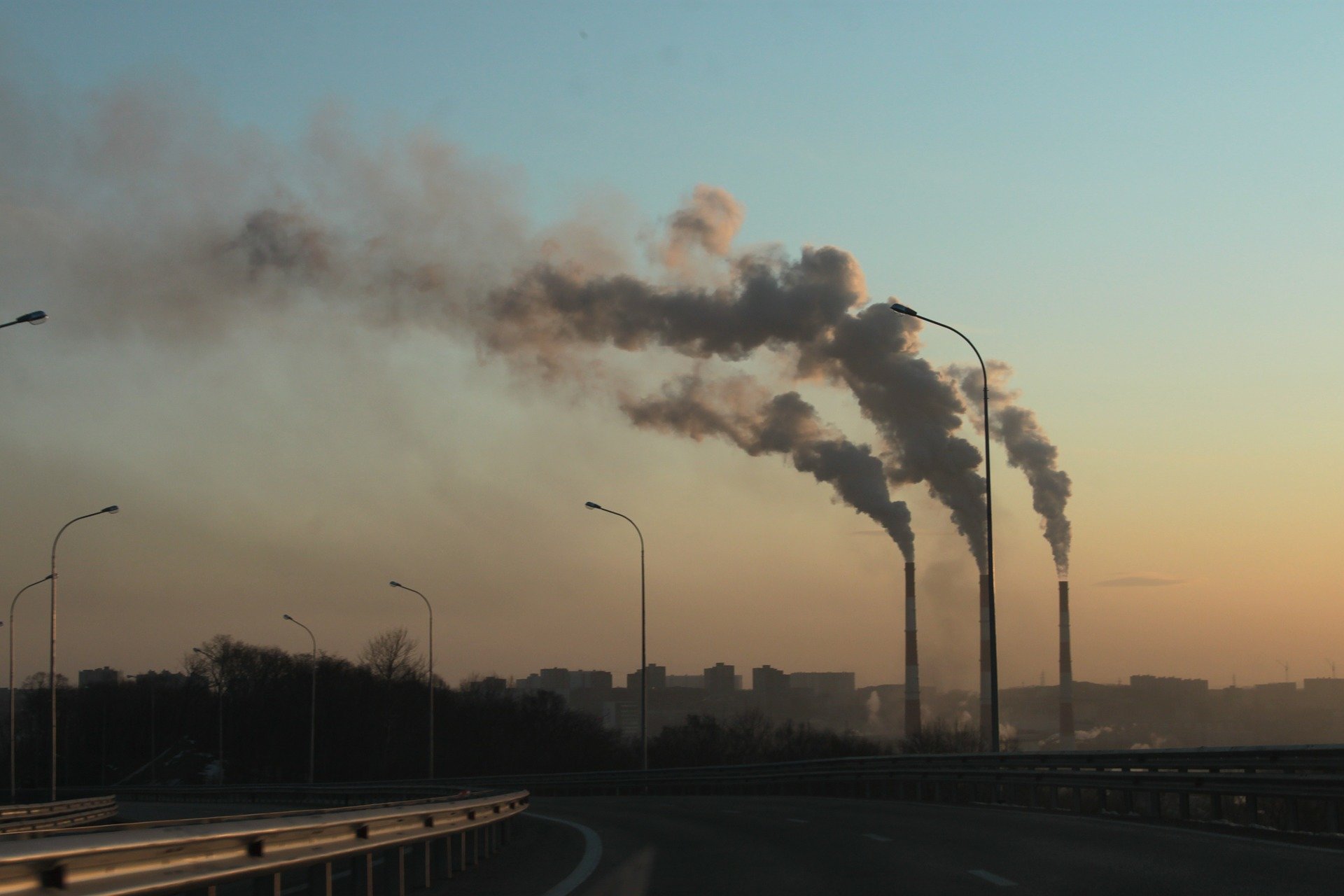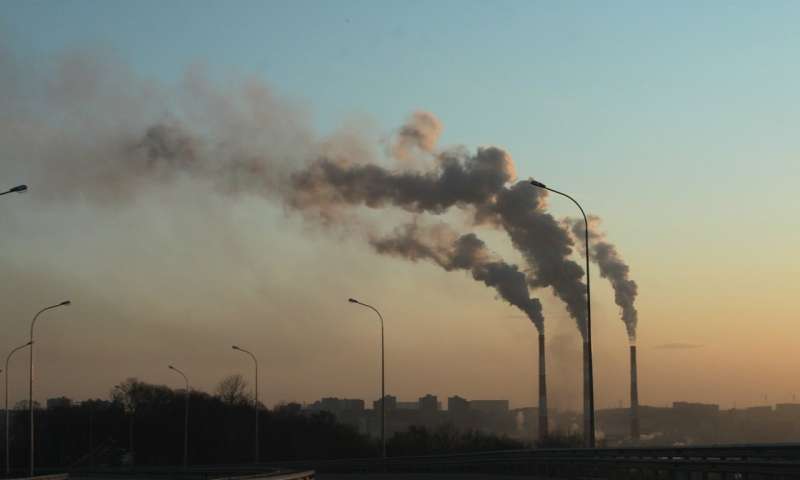

Washington is required by law to eliminate or offset all of its greenhouse gas emissions by 2050. But generous exemptions for more than 40 of the state’s biggest polluters in a forthcoming carbon market could push that goal beyond reach.
In January, the state Department of Ecology will roll out a cap-and-invest program through which 99 of the state’s largest emitters must incrementally reduce emissions or pay to continue burning fossil fuels. While the list will be finalized later this year, as it stands, 41 large emitters will be allowed to pollute at little to no cost for at least the next 12 years.
This is because they were designated, by the state Legislature, as industries particularly susceptible to the fluctuations of regional markets and global trade.
Critics say the designation treats certain industries different from others. State officials implementing the program agreed, for the most part, but their hands are tied.
Leaving the rules unchanged, they said, could jeopardize statewide efforts to decarbonize.
“If (designated emitters) don’t reduce their emissions and we’re in 2040 and 2050, we’re probably not going to be able to meet our statewide targets,” said Luke Martland, the program’s implementation manager.
Only new legislation will change how designated emitters operate beyond the next 12 years. Earlier this year, a bill that would have done so failed to pass the Legislature.
Exempted industries include petroleum refineries and pulp and paper mills as well as a handful of chemical, mineral and metal manufacturers, all of which collectively account for 10% of statewide emissions covered by the program.
A pulp and paper mill, for example, is subject to changes in the price and availability of wood and other raw materials. If the price of materials increases, the mill might struggle to absorb those costs and satisfy program mandates, which require polluters to emit less or pay the difference.
According to the ecology department, lawmakers were concerned that global market competition compounded by stringent climate goals would push these companies to reduce their staff and output, close shop or leave the state for less green pastures.
The state’s cap-and-invest program, a centerpiece of the Climate Commitment Act signed into law last year, is a market-driven compliance tool used by individuals, companies, cities, states and nations around the world to incentivize reductions in fossil-fuel consumption.
Any entity that emits more than 25,000 metric tons of carbon dioxide every year is required to participate in the program. If they can’t or don’t do it fast enough, they can buy “allowances,” which are each equivalent to the emission of one metric ton of carbon dioxide, during online auctions held each quarter. Over time the quantity of these allowances will be reduced, therefore raising the price and making it increasingly expensive to continue burning fossil fuels.
Done right, carbon trading could help the state achieve its ambitious goal. Or it could hand polluters the means to pay their way out of the system and avoid meaningful reductions in harmful, planet-warming gases for years to come.
The rules of the program are now being written, and will be finalized in the fall before the programs kick off on January 1, 2023.
Critics say special designations and free allowances will blunt the program’s impact.
Providing free allowances to heavy polluters could prevent 90% of reductions in industrial emissions through 2034, according to a report published earlier this month by Front and Centered, a statewide environmental justice group led by communities of color.
The group went farther, saying that any free passes in a carbon-trading scheme will render the program ill-equipped to substantially reduce or eliminate emissions. The solution, they said, lies in requiring companies to directly and immediately eliminate large sources of pollution.
“If we’re not addressing this major source of greenhouse gases and local pollution, then we’re not really addressing the problem,” said Deric Gruen, co-executive director of Front and Centered.
The impacts of industrial pollution are especially pronounced among marginalized communities.
Still, Sen. Reuven Carlyle, D-Seattle, a principal architect of the Climate Commitment Act, said the Front and Centered report didn’t acknowledge that the law requires all polluters to reduce emissions, regardless of whether they get free allowances. They’re also subjected to air-quality regulations designed to address concerns about environmental justice and industrial pollution.
“There is a belt-and-suspenders approach where we have a market-oriented system to find the most economically efficient emission reductions,” he said.
Still, these polluters are only one piece of a vexing puzzle.
Required participants in the program account for about 75% of statewide emissions, including transportation, electricity, natural gas, refineries and other industrial sources.
Agriculture, aviation and maritime industries, which make up most of the remaining 25%, were left out the program due to existing state laws and federal regulations.
The state will set the starting price of allowances when the program kicks off in January.
Finding the right starting price is a balancing act, said Climate Commitment Act communications specialist Claire Boyte-White. “At the end of the day, we want entities to comply willingly, cooperatively, openly, on time,” she said.
If allowances are too cheap, large polluters might treat the entire program as a slap on the wrist. If allowances become too expensive, voluntary participation could be low and large emitters might look elsewhere for a more affordable market.
“We want something that businesses can participate in effectively and successfully, year after year after year,” Boyte-White said.
Earlier this year, the state commissioned an independent study of the Climate Commitment Act.
The results, published in July, found that merging Washington’s carbon market with those of California and Quebec would significantly reduce the price of allowances and expand the market.
Each allowance is projected to cost $41 if Washington’s market is linked with theirs, according to the analysis, but could be up to 65% higher in different scenarios.
Initial costs were projected to be “very, very high” in the analysis, rulemakers said. As a direct response, they decided to frontload a reserve fund meant to help lower costs should allowances become too expensive. They will also aim to merge markets sooner than previously discussed, with a tentative goal of 2025.
Energy providers in Washington are also subject to the Clean Fuel Standard—which was passed in 2021 and requires fuel providers to reduce the carbon intensity of transportation fuels, including gas and diesel, to 20% below 2017 levels by 2038—as well as the Healthy Environment for All Act, which facilitates interagency cooperation and funding to tackle environmental injustice.
“We’re on track to be the number one state in the nation in terms of reducing our emissions in line with science-based targets,” Carlyle said. “That doesn’t make it easy.”
Lawmakers announce plan to extend California cap and trade
(c)2022 The Seattle Times
Distributed by Tribune Content Agency, LLC.
Citation:
41 large polluters to get free passes in Washington state carbon trading market (2022, August 4)
retrieved 4 August 2022
from https://phys.org/news/2022-08-large-polluters-free-washington-state.html
This document is subject to copyright. Apart from any fair dealing for the purpose of private study or research, no
part may be reproduced without the written permission. The content is provided for information purposes only.

